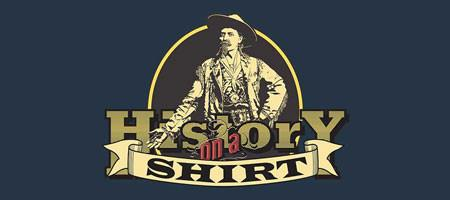How did the fighter pilot image, promoted by the United States Air Force, shown in many movies, and imitated by many hopeful pilot candidates, get started? It began in WWI, in 1916, a long time before America's entry into the war.
The first American aviators were in the Lafayette Escadrille (also known as "Escadrille Lafayette", "Escadrille Americaine" in an effort to clarify that America wasn't in the war, but Americans were.) The next "generation" (in the sense that many of the first had already died and some of the new ones never met the old ones) didn't fit into one squadron and was generally called the Lafayette Flying Corps. After America's entry, these men were the mentors of what was becoming an actual force in the air, flying for the United States. But it would be decades before it was called the United States Air Force.
Of the original 38 in the Lafayette Escadrille (later called the "Valiant 38"), only 7 survived the war. These were the men whose wild living, exotic pets (lion cubs), hunting skills (more important in a fight than aerobatic skills), and willingness to sit in a wood-and-wire crate two or three miles up (no oxygen, no heat, no parachute!) started the legend of the fighter pilot.
Some were of the bluest blood America contained, others were dropouts and runaways. In this Air & Space article former USAF Chief of Staff General Merrill McPeak compares them to fighter pilots today.
Besides being the seed the USAF grew from, they were the core of the Lafayette Flying Corps which commissioned Dr. James Parks to remember them to future generations. The story of the pilots, the Parks family and how the collection became the Vintage Aero Flying Museum is told in the booklet, Men of the First War in the Third Dimension. (Available also in Kindle, epub, and pdf formats; see True Stories on the main site.)
